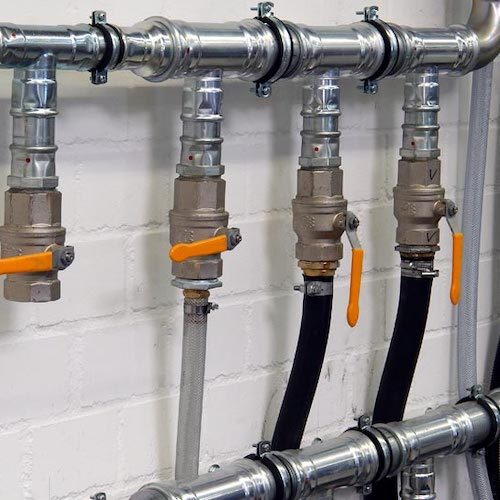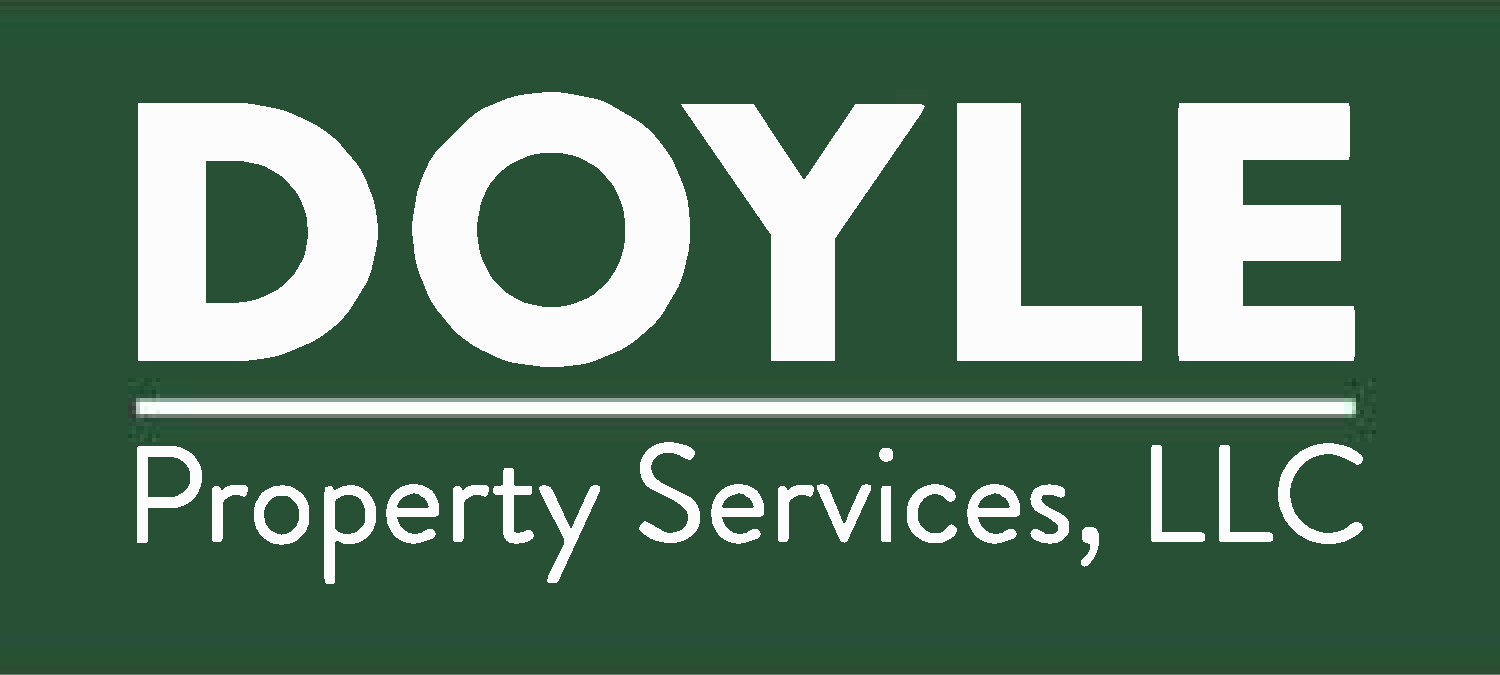Plumbing
Commercial property plumbing involves the installation, repair, and maintenance of plumbing systems in non-residential buildings such as offices, retail spaces, warehouses, and factories.
Key aspects include:
-
Design and Installation:
- Planning: Creating plumbing blueprints in line with local codes and standards.
- Piping Systems: Installing water supply lines, drainage systems, and gas lines.
- Fixtures and Appliances: Installing sinks, toilets, water heaters, and other plumbing fixtures.
-
Maintenance and Repairs:
- Routine Maintenance: Regular inspections to prevent issues.
- Emergency Repairs: Fixing leaks, clogs, and other urgent problems.
- System Upgrades: Updating old plumbing systems to modern standards.
-
Compliance and Safety:
- Building Codes: Adhering to local and national plumbing codes.
- Health Regulations: Ensuring water quality and proper waste disposal.
- Safety Standards: Implementing measures to prevent accidents and health hazards.
-
Specialized Systems:
- Fire Suppression Systems: Installing and maintaining sprinklers and other fire safety systems.
- Irrigation Systems: Managing outdoor plumbing for landscaping.
- HVAC Integration: Coordinating with heating, ventilation, and air conditioning systems.
Proper commercial plumbing ensures the efficient operation of businesses and the safety of occupants. Regular maintenance and compliance with regulations are critical for avoiding costly repairs and legal issues.

